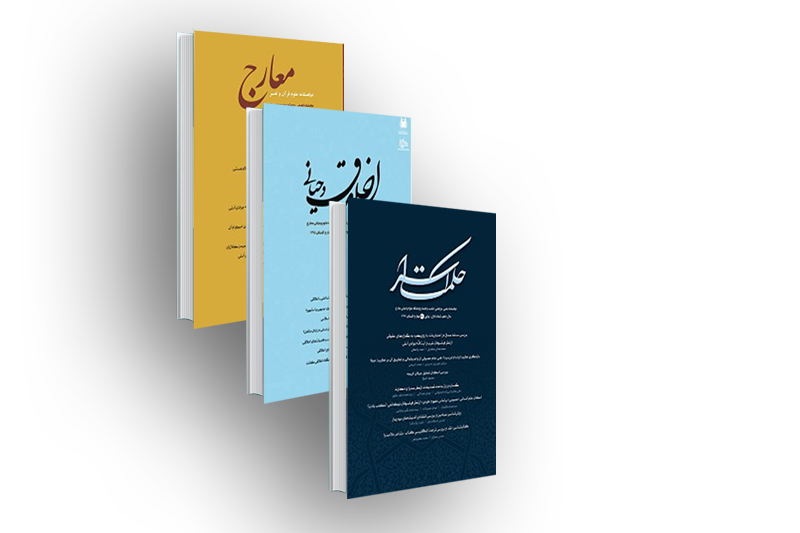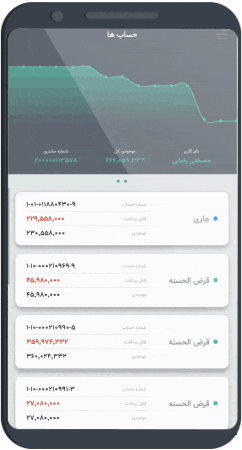- Home
-
Esra portal
-
Office of Religious Authority
- Tafsir Lectures
- Fiqh Lectures
- Ethics Lectures
- News of His Eminence
- Articles of His Eminence
- Istifta’at
- Statements of His Eminence
- news of Offices
- About us
-

Grand Ayatollah Javadi Amoli is one of the leading contemporary scientists and one of the profound interpreters of the Holy Quran.
- Biography of His Eminence
- news of Religious Authority
-

Consider these offices as an invitation to the Qur'an and ‘Itrah... That is what stays with man and preserves man's honor.
- About Office of Religious Authority
- Office of Religious Authority
-
Esra Website
- News of religious authority office
- Esra Foundation News
- News of Affiliated Institutions
- International news
- Archive News
- Photo Reports
- Religion and Thought Service
- Special programs Service
-
Esra Website
The website of Esra International Foundation for Revelatory Sciences was established in order to create a news wave with the aim of speeding up and facilitating and accuracy in informing about the latest statements, meetings, lectures and messages of Grand Ayatollah Javadi Amoli, as well as the latest news related to the international foundation and its related centers and its task is to provide information in the field of religious sciences, focusing on the thoughts and works of His Eminence in cyberspace.
- About Us
-

The latest news about the programs of Ayatollah Javadi Amoli, as well as the programs of Esra Foundation and other centers
- Home Page
-
Website of Ma’arej Revelatory Research Center
-
Ma’arej Revelatory Sciences Research Center
Compilation and organization of interpretive, jurisprudential, philosophical and mystical works and thoughts of Ayatollah Javadi Amoli. 2. Explaining and introducing the intellectual and scientific methods and methods of His Holiness. 3. Research on new topics and issues with the approach of the foundations and thoughts of Ayatollah Javadi Amoli.
- Getting to know the institution
- Scientific Members
- Contact us
-
-
Higher Education Website
-
Qom Center
- Educational Calendar
- Saadat School
- Esra Institute of Higher Education
- Specialized Center for Qur'anic Interpretation and Sciences
- Specialized Center of Islamic Philosoph
-
Amol Center
- Imam Hasan Askari seminary
- Imam Hassan Askari Institute of Higher Education
- Specialized Center for Qur'anic Interpretation and Sciences
- Kalam specialized center
- Jurisprudence and Usul teacher training center
-
Tehran Center
- Specialized Center for Qur'anic Interpretation and Sciences
- Imam Hasan Askari Seminary
-
ESRA World Organization of Higher Education, affiliated with ESRA International Foundation of Revelatory Sciences, has been launched with the aim of providing information and quick access of researchers to educational systems, as well as news, announcements and introducing the latest programs and events of ESRA Higher Education.
-
Orumieh Center
- Specialized Center for Qur'anic Interpretation and Sciences
-
-
Esra Internet TV
-

Esra Internet TV network provides service to domestic and foreign audiences 24 hours a day (8 hours of program and two rebroadcasts).
- Live
- Cooperation Request
-
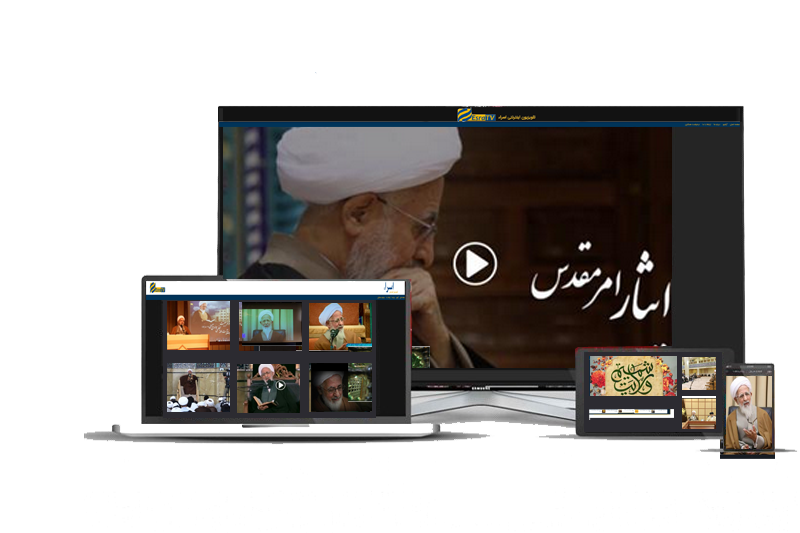
Access to the archive of programs focusing on the lectures on interpretation, jurisprudence, ethics, wisdom, mysticism and the innovative and civilizing opinions of Grand Ayatollah Javadi Amoli.
- Network Archive
- Contact Us
-
Esra Internet Network
. The school and intellectual system of Hazrat Ayatollah Azami Javadi Amoli, as a religious and scientific authority and as a Muslim professor and thinker in various fields of Islamic sciences, has many enthusiasts and enthusiasts inside and outside the country, who for various reasons have direct access to the schools. It is not possible for them. Therefore, the Esra International Foundation for Revelation Sciences has responded to this growing need by launching the Esra Internet Network (tv.esra.ir) and has tried to prepare appropriate media content and comply with all the professional standards of media productions. To fulfill the needs of the audience at the international level "> ادامه...
- Honepage Internet TV of Esra
-
-
Esra Loan Fund
-
Esra's loan fund
This fund, officially licensed by the Islamic Republic of Iran Bank in 2018, was established and operated by taking advantage of the ideas of Grand Ayatollah Javadi Amoli in the direction of developing and promoting the good tradition of charitable lending and financial support for academic elites, professors and other needy people. It started its activities under number 2535. In addition to paying interest-free loans, this fund seriously follows the needs of weak and needy families. Electronic services on two platforms, the Internet and mobile banking, complying with international standards to facilitate online and integrated communication of members with the banking system are among the services of the fund. Continue...
- Internet banking
-
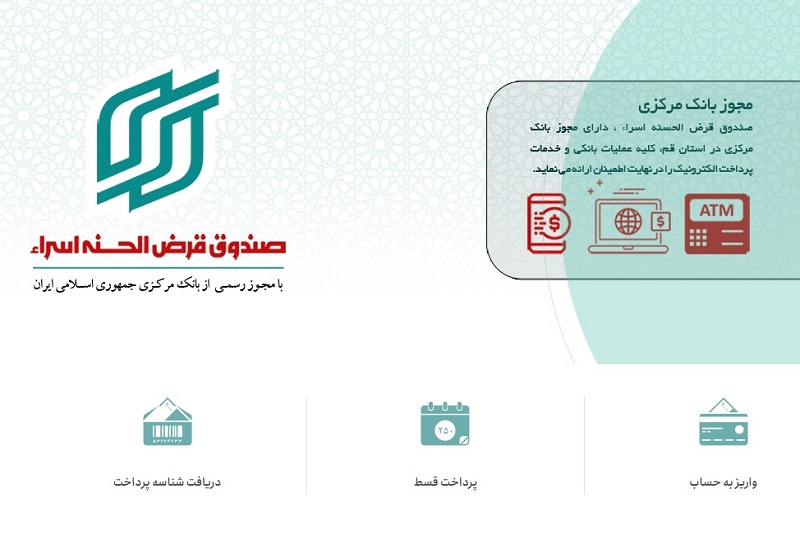
Ways of Contact
Iran, Qom, 75 Metri Ammar Yaser, Corner of Quddusi St. tel: 02537772020
- Terms and Conditions
- Banking services
- Contact us
-
-
Esra International Publication Center
- The latest news of publication
- Periodic works
- Multimedia works
- Best seller
- Special offers
- Initiatives of the publishing center
- List of products
- Agents
- Product catalog
-
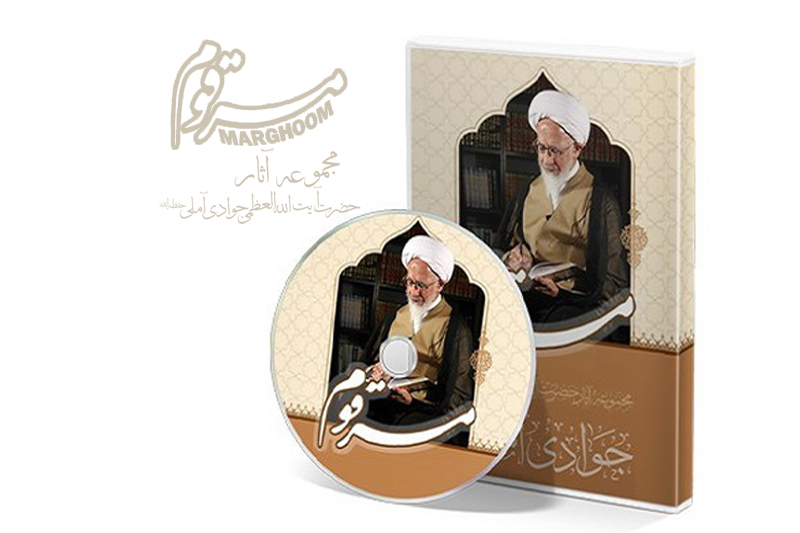
Marqum software
This collection includes 229 books on different subjects. Among the features of this software are annotations, managing margins, taking notes, saving notes in the cloudy space and a powerful search engine Continue...
-
Esra International Publishing Center
 Esra Publishing Center, the exclusive publisher of Ayatollah Javadi Amoli's works, started working in 1993; Among the missions and duties of the center are the production of written works with the desired and standard quality, fast and timely supply at the right price and supporting the products, providing easy, fast and low-cost access to the products for the domestic and foreign audiences, attending domestic and foreign international exhibitions, ….
Esra Publishing Center, the exclusive publisher of Ayatollah Javadi Amoli's works, started working in 1993; Among the missions and duties of the center are the production of written works with the desired and standard quality, fast and timely supply at the right price and supporting the products, providing easy, fast and low-cost access to the products for the domestic and foreign audiences, attending domestic and foreign international exhibitions, ….
- Home Site Publishing Center
-
Esra Printing Center
-
Esra printing and packaging center
-Taking advantage of unique technical and physical infrastructure - Organizational order, transparency and accountability - Continuous updating of production lines - Efficient manpower - Audience polling
-
Since the beginning of the 1980s, Esra printing center, with a cultural approach and considering its mission, which was and is the expansion of Islamic sciences and knowledge, in a land with an area of 3700 square meters and a substructure of 2100 square meters, in compliance with all the necessary standards was built in Qom province. Simultaneously with the publication of works in the aforementioned fields and according to the needs and conditions of the day, the development of the printing house was considered in terms of activities, machinery and human resources, and in this regard, in the early nineties, with the installation of four and a half sheet printing machines, a big step was made in the hardware development and activities of this center, not only at the level of Qom province but also at the level of the country.
- Contact with Esra printing center
- Home Site Esra printing center
-
-
Home page of the Foundation Portal
-
Office of Religious Authority
- Introduction of Maaraj Research Institute

